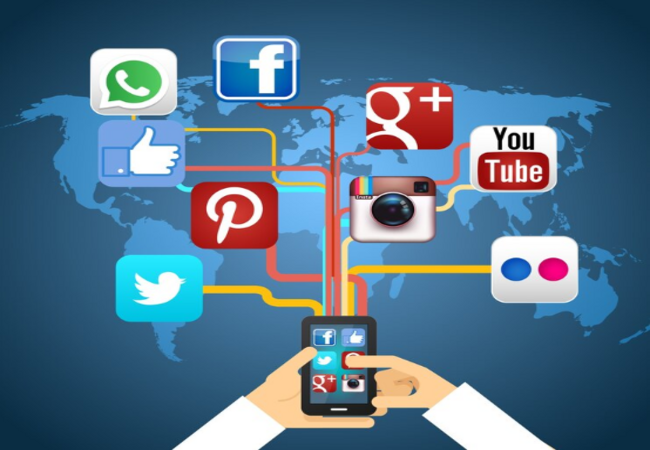Net Zero Challenges Facing Business

Whilst many businesses around the world have signed on to the challenge of reducing their own carbon footprint and reaching net zero goals at some point in the future with some having shorter term goals than others, new challenges constantly arise that could look to slow progress down. There are a host of tools online along with a growing host of consultants to help businesses reach their net zero goals and identify where short falls may come from; but what are the most common pit falls and is there an easy resolution to find?
Inflexible processes and workflows –
Something that has seen quite a major change over the past two years throughout many different industries have been the different working processors to accommodate remote workers and those working flexible schedules too – and for net zero; having the ability to adjust these processes and workflows will be essential to success. When it comes to meeting net zero goals, having the ability to adjust and be more flexible on the less efficient processes can have the biggest impact but it isn’t always as easy as simply making a change as many of these processes could be an integral part of the business and disruption or change could also bring unforeseen adjustments.
Flexible working has thrown a spanner in the works –
Whilst remote working and flexible work schedules have been great for employees; it adds another concern for net zero for businesses as focusing on a singular workplace is compounded with a focus on the individual workplaces of each employee. It has become much harder to manage the impact from each individual home; so instead the goal may be to offset with different schemes and initiatives but the impact will certainly need to factored in as a net zero challenge.
The impact of different scopes of net zero –
Making change can often put into different scopes depending on the changes that required; – for internal changes that can be directly influenced; these would fall under scope 1 changes, with scope 2 and 3 looking at suppliers; distributors, and everything in between too. Much like above, with substantial changes over the past couple of years; it may also become much harder to identify changes that will be needed with these other scopes of net zero; and it may not always as easy to get a reliable read on exactly which stage a partner may be at; – for some businesses this may have already shifted the goalposts for future targets and forecasts by some margin too.
There are of course differences between big business and small business too; most notably within costing and the variety of options available; – a smaller business in particular may not have the budgeting to focus on net zero changes; or have the flexibility to simply change to a more favorable supplier; or distributor that aligns with their goals, and that’s often where the most help need. Whether relying on the variety of different tools like a Net Zero Pathway tool; that has helped enable many businesses to make change; to having a dedicated consultant that will identify the biggest opportunities, goals can be met. And with the short term effects being felt during the global health crisis; there’s now more incentive to make substantial changes than there had been in the past.

